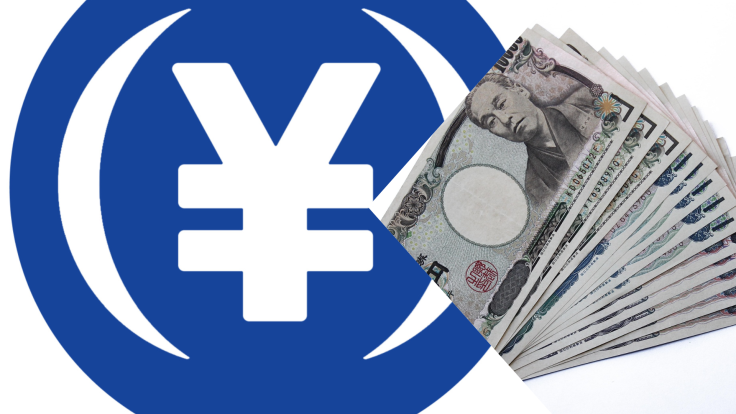What Is Japan's New Yen-Pegged Stablecoin — And Why It Could Be The Future Of Money
How Japan's first stablecoin bridges traditional finance and digital innovation

Japan has entered a new phase of financial innovation with the launch of the world's first stablecoin pegged to the Japanese yen. In a huge announcement by Tokyo-based fintech firm JPYC, the digital token is fully backed by domestic savings and Japanese government bonds. Moreover, it is designed to maintain a one-to-one value with the yen, making it a stable and reliable digital alternative to traditional money, potentially reshaping how we think about currency itself.
This massive launch leads to a big moment for a country that still relies heavily on cash. Japan has been slower than many of its peers in adopting digital payments, but momentum has been growing. The new stablecoin could represent a bridge between Japan's traditional financial system and the rapidly expanding world of digital assets. But can it also take over the global payments system?
How Does Japan's Yen Stablecoin Work?
For years, Japan's economy has relied on physical currency more than most other developed nations. As per reports, even in 2024, cash accounted for a large share of consumer transactions, though the ratio of cashless payments rose to 42.8% compared with just over 13% in 2010. The arrival of a yen-backed stablecoin is an important turning point.
Unlike dynamic cryptocurrencies such as Bitcoin or Ethereum, a stablecoin is designed to hold steady in value because it is tied to a specific currency or asset. JPYC's new token achieves this by being directly convertible into yen and backed by government bonds and bank deposits. That particular structure gives it credibility in a country known for strict financial regulation and cautious consumers.
By anchoring the digital token to the existing monetary system, Japan may be laying the groundwork for broader financial innovation. This model also aligns with the Bank of Japan's long-term exploration of a central bank digital currency, showing how the public and private sectors could coexist in the same digital ecosystem.
Why The Yen Stablecoin Matters
This is not about Japan alone. The implications of Japan's stablecoin extend beyond its borders. For one, it could make cross-border transactions faster and cheaper by reducing the need for intermediaries such as correspondent banks. Moreover, businesses could move funds instantly, while individuals might gain a simpler way to send remittances abroad.
Globally, most stablecoins are pegged to the US dollar, which has established the dollar's dominance in digital finance. However, a yen-based alternative diversifies that sector and gives Japan a new role in shaping the future of money across the world.
Regulators, however, reportedly remain cautious. Some policymakers worry that widespread use of stablecoins could pull money out of the traditional banking system, affecting liquidity and monetary control. Others argue that a well-regulated domestic stablecoin like JPYC's could actually strengthen oversight by keeping digital money within the country's legal environment. Japan's approach, which combines private sector innovation with clear government supervision, might offer a middle path that other economies could follow.
Challenges For the Stablecoin
Even with strong backing and regulatory approval, adoption will take time. According to Tomoyuki Shimoda, a former central bank official now at Rikkyo University, it may take two to three years before the digital yen gains mainstream traction.
Public trust will be the biggest challenge. Japanese consumers tend to favour established financial products, and the idea of holding a purely digital token may take some getting used to. To encourage adoption, JPYC has announced that it will not charge transaction fees initially, relying instead on interest from its bond holdings. This could help attract early users and demonstrate real world benefits compared to cash or credit cards.
Scalability is another concern.For the stablecoin to succeed, major banks and payment platforms would need to integrate it into their systems. As per reports, there are already indications that some financial institutions may join the effort, which could accelerate growth and improve interoperability with existing payment networks.
If the project succeeds, Japan's yen-pegged stablecoin could become a model for other nations exploring similar options.
© Copyright IBTimes 2025. All rights reserved.




















